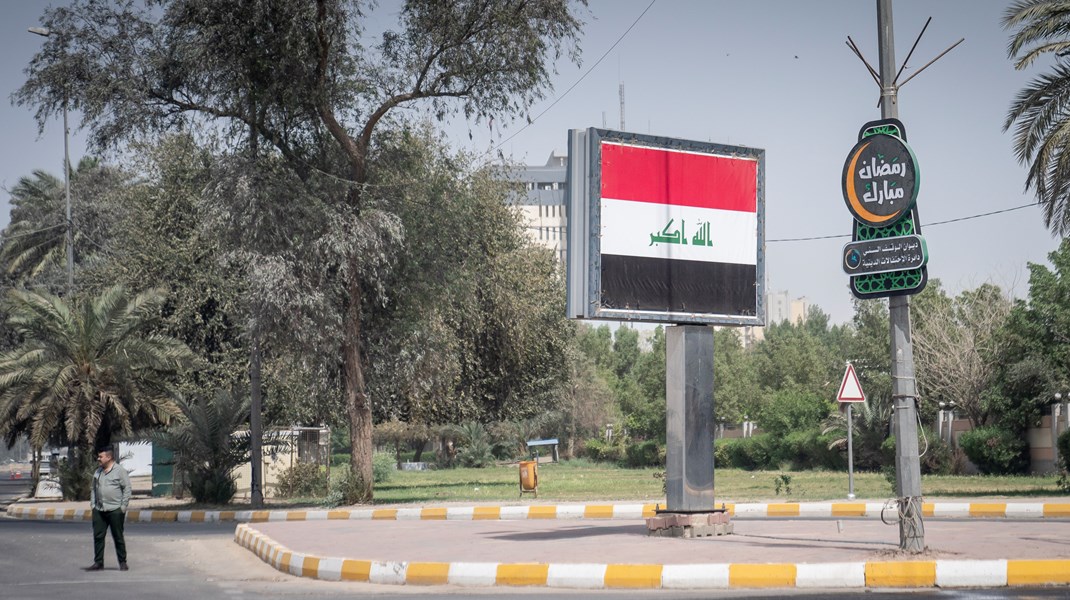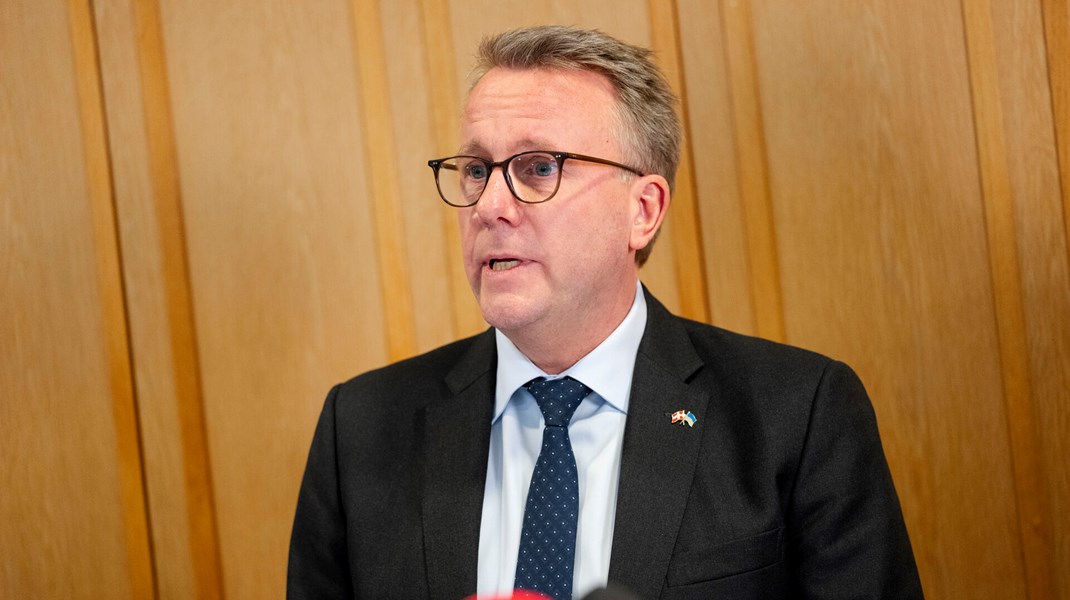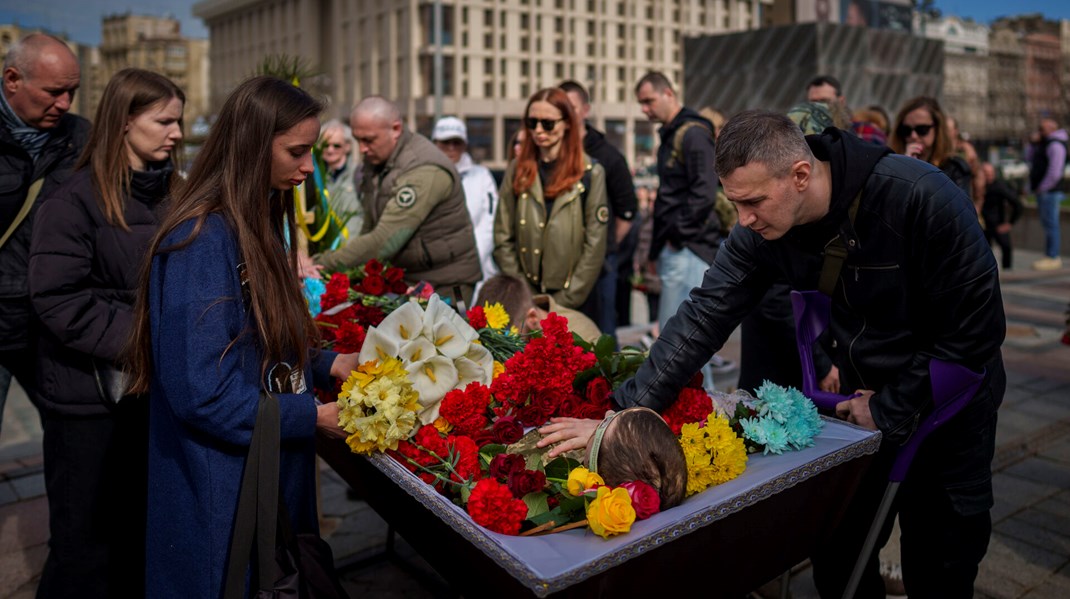Reducing risk means harnessing data
By Jonathan Fowler
CANCUN, Mexico, 26 May 2017 – Data is a vital raw material if countries are to meet the aims of an international agreement on lowering hazard threats, the 2017 Global Platform for Disaster Risk Reduction heard today, as a new monitoring report underscored what needs to be done.
“We can’t change nature. But we can be prepared and ready if we have the right information in our hands. Statistics are the basis of the knowledge that we need to make the world more resilient,” said Mr. Luis Felipe Puente, head of Mexico’s Civil Protection department, at the helm of the Global Platform.
The weeklong meeting in Cancun has seen thousands of officials and technical experts from around the world take stock of efforts to implement the Sendai Framework for Disaster Risk Reduction, a 15-year agreement adopted by the international community at a UN conference in 2015.
Earlier this year, the UN General Assembly approved a package of indicators of success in implementing it, and has also decided to use the Sendai Framework measures to assess progress on the 17 Sustainable Development Goals, also adopted in 2015.
The Sendai Framework has seven targets. It aims to bring about substantial reductions in disaster deaths, the number of affected people and economic losses, plus damage to critical infrastructure and disruption to basic services such as health and educational facilities.
It also seeks to increase the number of countries with national and local risk reduction strategies – by 2020, the earliest deadline in the framework and a key step for meeting the other targets – as well as bolstering the capacity of developing countries, and vastly increasing coverage by early warning systems.
“If you don’t measure something – transparently – it’s not going to happen,” said Mr. Robert Glasser, Special Representative of the UN Secretary-General for Disaster Risk Reduction.
“Effective monitoring of progress in achieving the global targets of the Sendai Framework and disaster-related Sustainable Development Goals is predicated on the availability, accessibility, quality and applicability of multiple datasets,” he underlined.
The first cycle of monitoring progress in implementing the Sendai Framework will be launched in early 2018 and will cover the periods 2015-2016, and 2017-2018. It will end in March 2019, just ahead of the next edition biennial Global Platform.
“The feasibility and quality of the monitoring will be dependent upon the availability and accessibility of the required data. Data that will need to be sufficiently consistent and comparable to allow meaningful measurement of progress and impact,” said Mr. Glasser.
To kick-start the process, 87 of the 193 UN member states across all regions contributed to the Sendai Framework Data Readiness Review 2017, unveiled in Cancun.
They assessed their readiness to monitor and report, and specifically, on the availability of national disaster-related data, data gaps and the type of resources required to fill them.
The findings show that data are available for 83% of countries for Target A, reducing mortality, and 66% for Target B, reducing the numbers of people directly affected.
These percentages decline to 50% for Target C on reducing disaster economic loss in relation to global GDP, and 60% for Target D on reducing damage to critical infrastructure and disruption of basic services.
There are wide data variances also for Target E on the number of countries with national and local disaster risk reduction strategies in place; Target F, on enhancing international cooperation; and Target G on substantially increasing the availability of multi-hazard early warning systems and disaster risk information.
Mr. Glasser recommended that governments and other stakeholders consider creating a Global Partnership for Disaster-related Data for Sustainable Development to spur the effort.
Over the past two decades, the global focus has shifted from treating disasters as a matter of humanitarian relief operations to tackling risk head on.
While mortality has fallen, the need to reduce risk remains clear given that disasters have still claimed more than 76,000 lives and affected over 173 million people, on average, per year since 2005.
Losses have risen steadily, stoked by climate change, unbalanced urbanization and inequalities, with the total direct and indirect costs to the world economy now estimated by the World Bank to be US$520 billion a year. Reducing risk is also good business sense, with studies showing that every dollar invested in preparedness saves up to seven dollars in aftermath costs.
The Sendai Framework’s predecessor was the Hyogo Framework for Action, inked weeks after the December 2004 Indian Ocean Tsunami. It had five priorities for reducing disaster risk, but did not set specific targets.
Over its 10-year lifespan, 130 member states participated in monitoring – a process that exposed conflicting evidence, with countries reporting progress on risk reduction policies while losses and damage continued to increase.
One issue was that the Hyogo Framework indicators were heavily input-focused. For example, countries would report that they had a new earthquake-resistant building code, but there was a dearth of data on outputs, such as how many buildings were being constructed based on the new standard, or on outcomes, including whether the buildings actually stayed up or fell down when a shake happened.
Another area that the Sendai Framework seeks to improve is the reduction of future risk, and not just risk as it stands, to ensure that development does not create dangers. For example, the Hyogo Framework measured how many schools were being retrofitted to withstand hazards, but not how many new schools failed to meet disaster risk-reducing standards.
“All our discussions about data and monitoring will only contribute if they are transformed into action,” underlined Peter Felten, Head of the Humanitarian Assistance and Policy Division at the German Federal Foreign Office.


